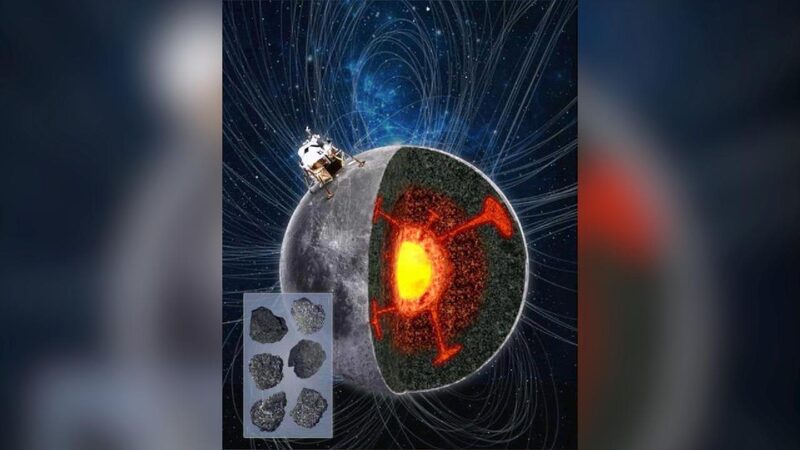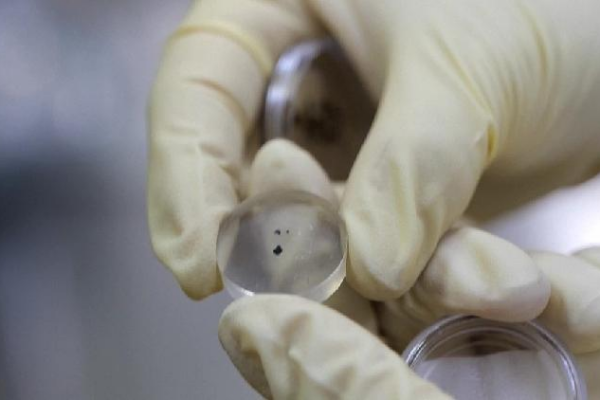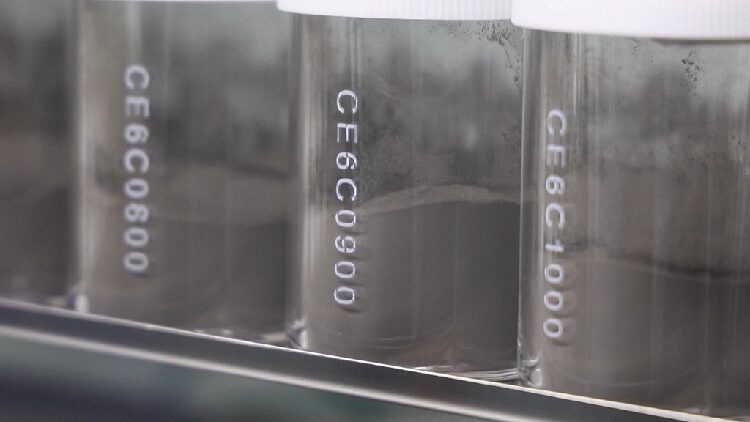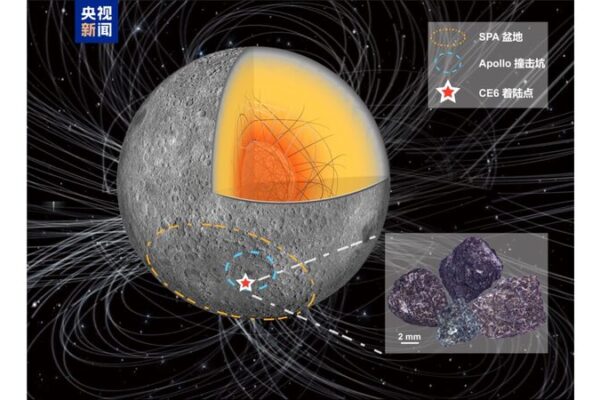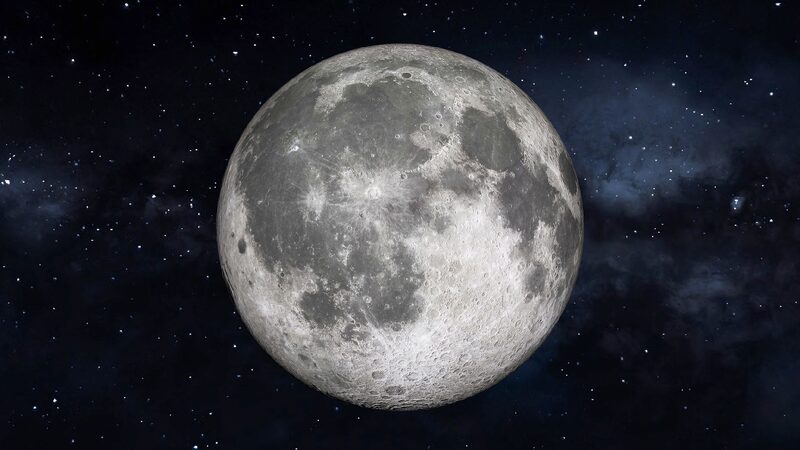New findings from China’s Chang’e-5 mission have revealed that the Moon possessed a weak yet persistent magnetic field approximately 2 billion years ago. This groundbreaking discovery offers fresh insights into the lunar magnetic history and its geological evolution.
Understanding the Moon’s magnetic field is crucial for unraveling its internal structure, thermal history, and surface environment. Researchers from the Institute of Geology and Geophysics (IGG) under the Chinese Academy of Sciences analyzed nine basalt samples collected by Chang’e-5 from the Oceanus Procellarum, a vast lunar mare region in the Moon’s mid-latitudes.
These samples provide a unique window into a period of the Moon’s history from 3 to 1 billion years ago—a timeline that remains largely unexplored. The team’s analysis revealed that during this period, the Moon had a weak dynamo magnetic field measuring between 2 to 4 microteslas—less than 10% of Earth’s current magnetic field strength.
"This finding helps fill a major gap in our understanding of the Moon’s magnetic evolution and suggests that the lunar dynamo lasted at least until its middle years," said Cai Shuhui, a corresponding author of the study published in Science Advances.
The persistence of this weak magnetic field could be due to ongoing thermal convection in the Moon’s deep interior. Such convection may have provided additional heat for volcanic activity before the magnetic field eventually vanished. The study suggests that processes like the crystallization of the lunar core, the Moon’s wobble, and the descent of dense primordial materials could have driven the magnetic field during this time.
The detection of this weak magnetic field indicates that the Moon had a protective magnetic shield during its midlife. This has significant implications for research into space weathering and the presence of volatile materials, such as water, on the lunar surface.
The Chang’e-5 mission continues to enhance our understanding of the Moon’s history, bridging crucial gaps in our knowledge of lunar magnetism. These discoveries not only shed light on our celestial neighbor’s past but also pave the way for future explorations and studies of other planetary bodies.
Reference(s):
Chang'e-5 samples reveal moon's weak but persistent magnetic field
cgtn.com
